Complete guide to better SaaS subscription management & recurring payments
Among this vast business landscape, internet subscription services for businesses have skyrocketed. Also known as ‘SaaS’ (Software as a service), this business model has taken off because of its obvious advantages.
Unlike a traditional business, instead of making many products to sell, SaaS is built once using digital tech and scaled through the distribution powers of the internet. So a business could be operating out of a small office in a city, or even remotely while still being able to sell its product across the world to different people.
Due to this ease of use and accessibility, SaaS businesses have boomed and so have their users. Companies have started using many such services at the same time. With this, a need to manage all of this SaaS spending has developed.
What are subscriptions?
A subscription is an agreement between a user and a service provider where the consumer makes recurring payments to receive a service at regular intervals. Many software services are used by people on a subscription basis. The most common subscription intervals are monthly and annually. These can be paid on a prepaid(pay upfront before using the service) or postpaid(at the end of an interval) basis.
One of the most common reasons why organizations prefer SaaS subscriptions over other payment modes such as a one-time payment is because it gives them the flexibility to test out the software and see whether they would like to continue using it or not. If you purchase software, install it & then find out that it’s not exactly what you wanted, then it’s a huge loss.
The pricing of a SaaS subscription is dependent on the provider itself and many other stipulations such as:
- Whether you choose a monthly or annual plan.
- The number of users you will have.
- The features you need access to, and more.
With a subscription payment method, you can use the software as a service for as long or as little time as you want. This also helps the service gain feedback from you and improve the product offering so that you get more value for your subscription. But throughout using different software, you’ll realize that it becomes tough to manage all these subscriptions. This is where SaaS subscription management services come into play.
SaaS subscription management software
Track and monitor all your SaaS spending in one place. A major use of subscription management services is to handle and automate all payments.
One might think that paying for software services manually is not that difficult, but businesses that are constantly growing will recognize that as more and more software services are adopted, keeping track of all and paying them on time becomes cumbersome.
No one wants to go into work Monday morning to see services not working because payments were not done on time or even worse, that a service has been draining money month by month without anyone even using it.
This is exactly why SaaS management becomes an important task that should be automated without having to waste someone’s time sitting and rectifying all payments.
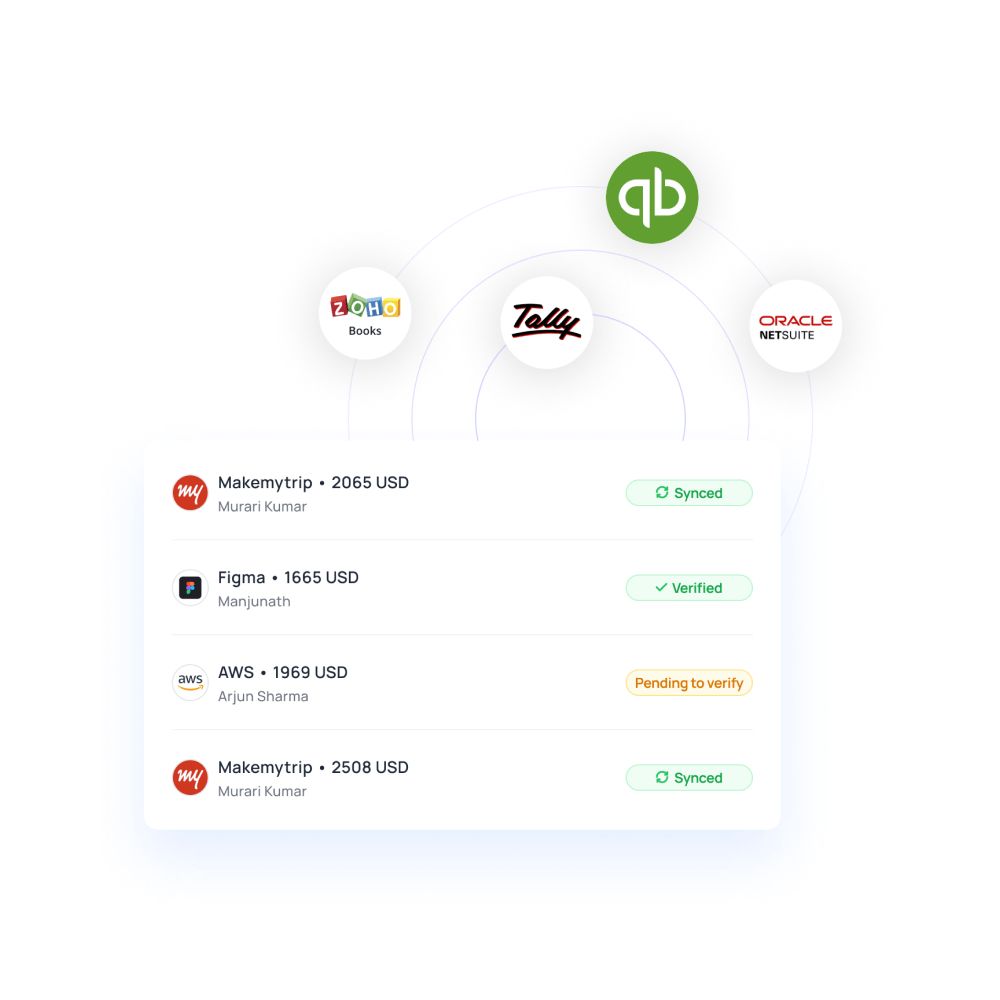
What are recurring payments?
Auto-deduction of an amount regularly refers to recurring payments for software services. And subscription management helps you manage your recurring payments in a way so that none of your services stop working and there is no problem at all in your business operations.
Recurring payments are great for the smooth and quick execution of work. If you don’t want company budgets to slowly be leaking away through a subscription that no one is using and have forgotten about, then you better set up subscription management for SaaS platforms.
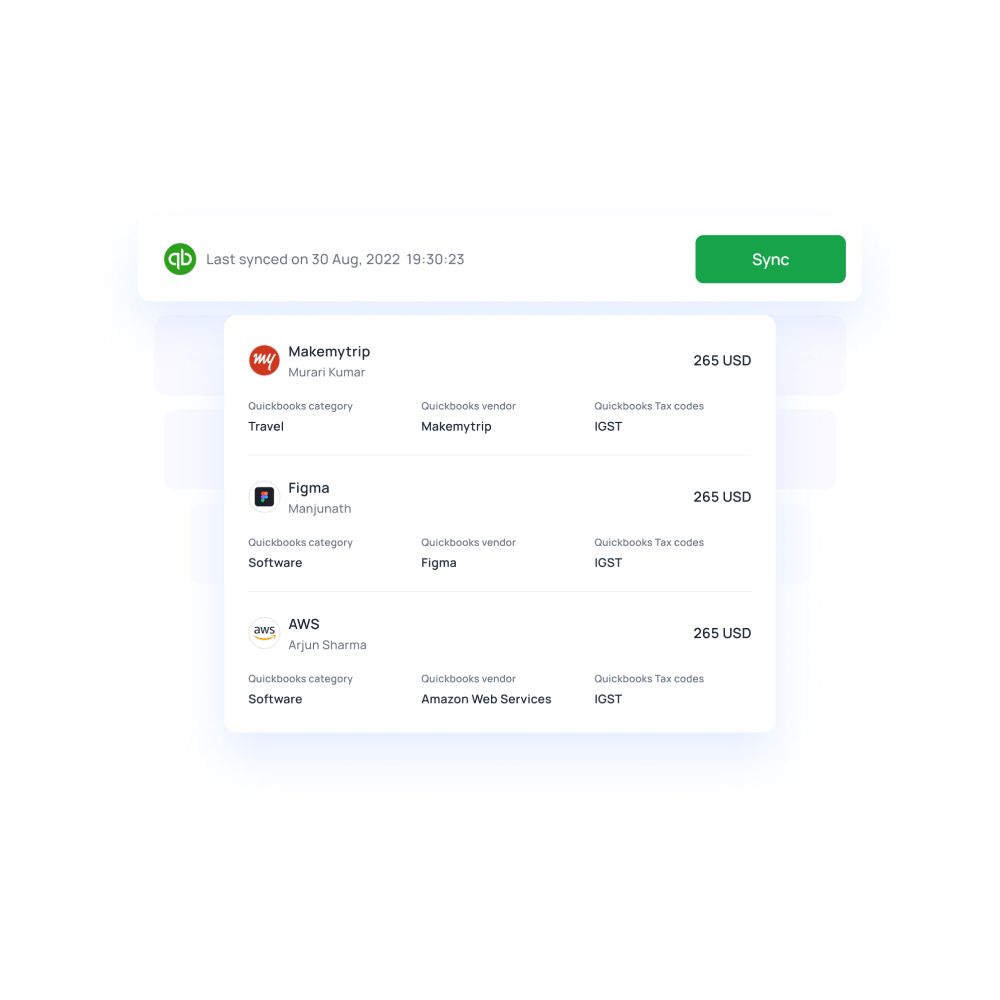
Role of subscription management software in today’s businesses
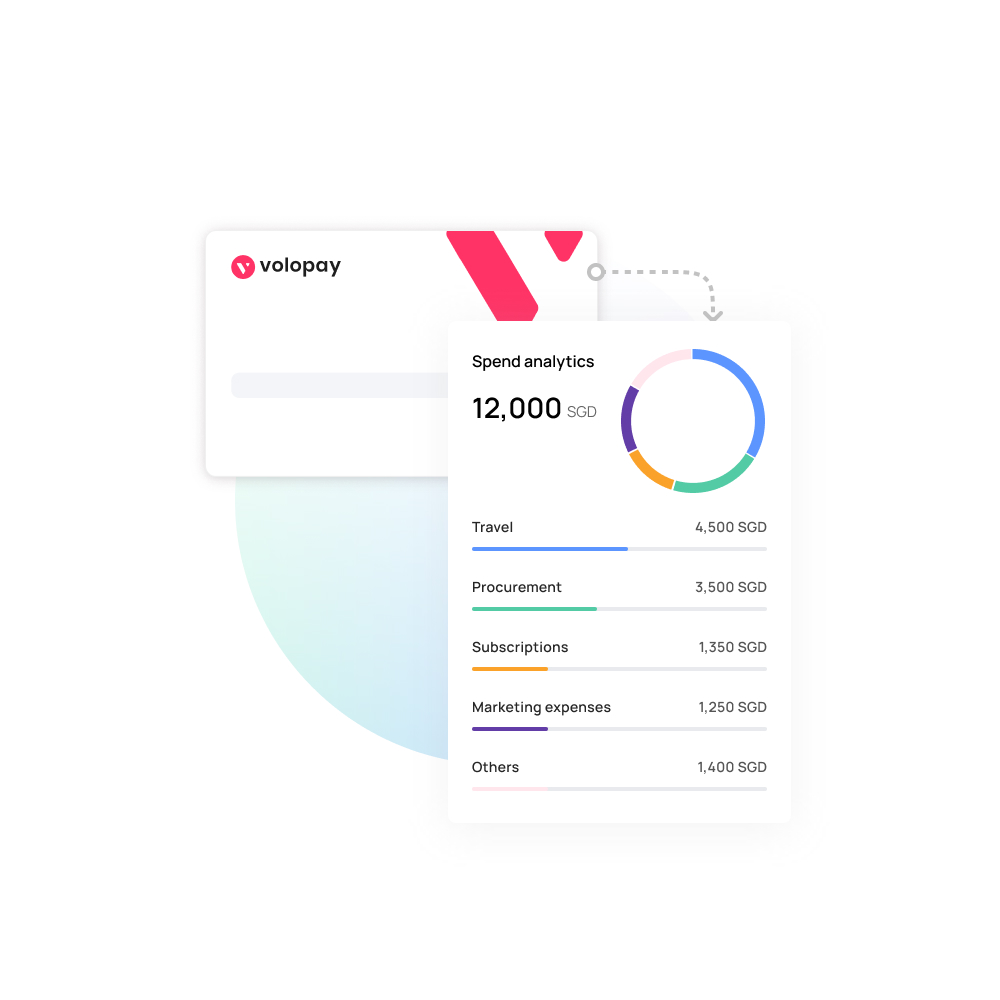
Sales team’s subscription
The sales team of any company also uses SaaS CRM tools on a subscription basis to ensure that they’re always communicating and coordinating with the leads to close deals. The loss of access to data regarding leads due to payment issues can lead to a decrease in productivity and blockage in the sales funnel.

To manage the marketing team’s subscriptions
Marketing teams use various kinds of automation tools plus other services to carry out their marketing efforts every month. Email marketing, PPC advertising and so many other elements of marketing require modern SaaS tools. You need a platform to manage all the payments for their services to ensure that the team’s efforts do not go in vain due to a subscription issue.
Handle all your SaaS subscriptions without any hassle
Types of subscription management solutions
When choosing a platform to manage incoming subscriptions, you would need to consider many things including the tech integrations you need, where your product currently is in the roadmap and how quickly you would need the service to work, how far do you want to scale your product and whether the platform will be able to handle that many subscriptions, and various contextual business factors.
Out of the box solutions
An out-of-the-box solution to manage subscriptions is usually great for speedy launches. They come with a standard amount of flexibility that helps your tech team quickly integrate it with your product and easily process recurring billing to customers. These out-of-the-box solutions are good at all the core functions but where these solutions lack is their ability to be customized according to a product’s individual needs. This makes it tough to scale while still using them.
Custom built solutions
The benefits of using a custom-built solution to manage subscriptions are quite identical to that of using an API solution. The difference here is that instead of a set framework that is available with open APIs, the business now partners with an external agency that has tons of experience in creating such solutions for a business from scratch. This option again is great if you have the necessary resources including time, money, and a team that will collaborate with the partners to build the whole system from the ground up.
API only solutions
API-only solutions are great for businesses who are looking for a completely customized subscription management solution and have a programming team who can build this together with their product. API solutions give businesses access to build upon already existing frameworks of subscription management that make it possible for the SaaS product to have its custom interface and functionality. This type of platform is perfect for brands that have a good budget and a development team that will always be able to maintain it.
SaaS subscriptions - first solutions
As the name suggests, these platforms are best for SaaS businesses that want to manage their subscribers. They’re specifically catered to manage subscriptions in digital form and lack the functionalities to handle physical subscriptions, in which case logistics frameworks are needed.
Holistic solutions
Holistic solutions are great for physical subscription businesses. They merge the benefits of an out-of-the-box solution with the flexibility of an API solution. This arrangement is perfect for e-commerce businesses as the platform will be able to integrate with other systems such as inventory management systems. It will also have the capability to handle custom subscriptions that occur in e-commerce such as one-time or recurring purchases.
Elements of subscription management
Subscription billing
A major aspect of the tool you use would be to help conduct smooth recurring payments from your subscribers. Billing them based on the choice of subscription they’ve made while still giving them the flexibility to add discount codes, change the plan they chose, and/or cancel if needed. For physical product subscriptions, the functionality to handle basic shipping information and calculate the final price along with tax is also important.
Merchant tools
Merchant tools refer to the internal dashboard which will be visible to the business selling their product through subscriptions. Anyone who is operating this platform as an admin will be able to access and use it for various purposes. You will be able to see important data such as the number of subscribers you have, the plans they have chosen, and many other relevant data points. This will help you analyze your user's behavior and customize future subscription plans to suit your needs.
Shopper tools
Your customer or the shopper will also have a simple dashboard where they will be able to see all their subscriptions and order history, the status of each one, and access all invoices for proof of purchase if needed. The shopper tools also is a place where your users can come to contact customer support, add or remove products from their subscription plan, skip a subscription for a month, and swap or order for replacements if necessary.
Analytics tools
While in the merchant tools you’ll be able to view and make changes to the way subscriptions work for your business, the analytics tool will help you see all the data in a manner that informs about business results. You can analyze important metrics such as the number of subscribers gained in a particular period, the number of subscribers lost, total revenue gained, and compare it with past data to see whether things have improved or not.
Payments tools
This part of the platform deals with ensuring that all the payments being made by your subscribers are secure so that you can create a positive relationship with your users where they trust you.
Factors to consider while choosing subscription management software
Giving your customers the ability to flexibly change their subscriptions plans is a great way to build trust and loyalty. So having this feature in the solution you choose is very important.
Subscription management platform should give you the ability to customize the interface and experience according to your branding. The more branded touchpoints a user has with your product, the better it will be.
When your users have the option to easily avail coupon codes for their subscriptions, it builds a positive relationship between you and your customers. These types of promotions and discounts are great marketing tools to keep your user base engaged and constantly build interactions with your product.
A PCI(Payment card industry) compliance is a set of technical and operational standards that businesses must follow to secure the credit card data provided by customers. This compliance shows users that their card data will be safe if they choose to use it to make payments for your product.
This is pretty much a no-brainer. Giving the user the flexibility to pay in a way that they’re comfortable with is of utmost priority when it comes to providing the best user experience. You must make sure that the software you select supports at least the most common payment methods in the market that you are selling to.
Many times, subscription services provide an annual plan for a SaaS product at a discounted rate. So when the user signed up for an annual plan, they’re still paying it monthly at a lower rate. So any payment that you have received is earned revenue, and the amount that are still to receive based on annual contracts is deferred revenue.
5 ways to optimize software spending
Coming back to the other side, if you run a business that uses many SaaS products, here are some ways you can get the most value out of your subscriptions:
Take look at your team’s usage of SaaS applications
When you see the different software services that your organization is spending on, it will give you an idea regarding how the company budgets are being utilized for these particular expenditures. Looking at it and analyzing whether all services are being used optimally or not is an important step to perform.
You might notice patterns where certain subscriptions are not being used but are still being paid for simply because a future need might arise. This is a suboptimal use of your budgets and must be curbed using subscription management solutions.
Determine which applications will be prioritized
Every company will have a different set of requirements and hence use different software services. If you’re an e-commerce company, you’ll want to make sure that all your third-party SaaS products that you use to run the business don’t face any hiccups so that your customers always have a smooth and friendly experience with your brand.
For an advertising agency, SaaS management might look a bit different. The whole point is to focus on the key SaaS products that your business won’t run without and prioritize them. Make sure that all payments are recurring and your cards have the necessary balance.
Find cost cutting opportunities
When you analyze your SaaS subscriptions you will notice negative patterns that are slowly sucking away your company finances. These opportunities for you to cut costs and must be taken care of as soon as you spot them. Another cost-saving method is reaching out to a service provider for exclusive deals.
You can do this when you see that there are a lot of people in the organization using the same service. In this situation, you can request a SaaS service to provide an enterprise plan at a lower price in exchange for many users and a contract agreement of long-term usage.
Automate as much as possible
Dealing with one or two SaaS subscriptions is not that hard to do manually. But as the employee size of your business grows it becomes a tedious task to do everything manually. There are countless people to coordinate with, ensuring that they are using a service, and maintaining a record of all this is very time-consuming.
Volopay allows the employees to access the funds and subscribe to the necessary service. It helps in automating the repetitive and time-intensive part of the process while still giving you control over the important aspects. Doing this will optimize your SaaS spending.
Review your SaaS spending on regular basis
The last thing that you can do to optimize your SaaS subscriptions is to keep checking usage and other relevant data on a regular basis. This will help you avoid any mishap and keep the subscription services running smoothly.
Looking for a solution to manage recurring payments?
5 best practices for subscription management
Manage all of your subscriptions in one location
The last thing you want to do is track subscriptions across various excel spreadsheets or any other software. When information regarding one thing is scattered across the organization with employees in different documents, you will undoubtedly face trouble consolidating it. Not only will it take a lot of time to gather all the data regarding subscriptions spending, but the process will also be prone to many errors.
The simple solution to this is using a single platform to track and monitor all SaaS spending. Using a unified platform like Volopay where you can track all expenses in a single dashboard will negate any confusion and give you a clear picture of all the SaaS subscriptions your employees use.
Use virtual cards for every payment
Virtual cards for virtual products! It just fits right! Here are some reasons that’ll make virtual cards the obvious choice to make and manage all your subscription expenses:
1. You can create unlimited virtual cards(with no extra charge) on the Volopay platform. This means you can create a card for each subscription you have. And since you can track and monitor all expenses of virtual cards under a separate tab, each card essentially becomes a tab to view, pay, and manage all your subscriptions.
2. Being able to set custom spending limits ensures that no excess fees are pulled by a service from your cards at any point. No more accidental charges or the chance of theft.
Keep close eye on subscription payments and renewals
You should always keep a close check on all the subscription payments that are being made and the renewals that are taking place. You might come across instances where different employees are buying the same service twice when they could just be using it together without any problems.
Tracking all of this would have been difficult if you were not using a single platform to view and manage all the expenses. But through a unified expense management software, you’ll be able to see all the payments and renewals being made. This will ensure that you never miss any inconsistencies and stay on top of managing the subscriptions.
Manage unwanted SaaS subscriptions
Another practice that the financial controllers of your company should maintain is to manage unwanted SaaS subscriptions. As mentioned in the example in the previous point, you could come across two employees purchasing the same software without being aware of the fact that someone in the organization is using it and that they could share it.
Some other instances might include employees using the same card to manage multiple subscriptions and forgetting about a particular one that keeps draining money each month. By using virtual cards and a consolidated expense platform, you’ll be able to cut off these unwanted SaaS subscriptions and save a lot of the company budget.
Choose your subscription management software wisely
Every business will have different forms of subscription management needs. You must keep all of them in mind when choosing a software solution to take care of this aspect.
- At the most basic level, you should ensure that the service gives you the ability to view & track all expenses in one place.
- Apart from viewing, it should also be able to help manage all payments related to your subscriptions.
- Another important function that the solution you choose should have is being able to control, set limits, and assign the funds to employees with real-time expense tracking so you know exactly who, when, and for what purpose a subscription was purchased.
Benefits of SaaS subscription software for your business
Back when the ‘Software as a Service’ model didn’t exist, companies used to pay an entire upfront fee to purchase and use the software. This was not only a huge cost to the business but could also turn into a loss if the people were not careful in choosing the right software. On the other hand, when you use a SaaS product, you have to pay very little each month. This also gives you and your organization time to test whether it is the right software for your needs.
The ROI of using a SaaS product is generally much higher than using software without a subscription option. In business terms, you can see how much the service costs each month and calculate roughly how much value it is generating for your business each month. The ROI will in most cases always be higher right from the first month. SaaS products can charge low prices because they can easily scale it across the world. So the monthly cost lower than the money that you have generated.
SaaS products are hosted and maintained in the cloud(internet). This simply means that all the data that makes a software function are stored and run on separate internet servers. Not the service provider's internal hardware, nor the user's hardware. When the hosting of a software product is taken care of by an external company, the SaaS provider can focus on making the product the best it can be and delivering it to their customers.
Since SaaS providers know that their users will be transferring sensitive business information and using it on the internet, they have to take strict security measures. Since a customer is using the SaaS product in real-time through the internet, service providers enable robust security protocols that run to protect your data from hackers.
Since the product is hosted on separate internet servers, anyone with access to the internet can purchase and use these products. This enables the provider to scale in different parts of the world and users to access it from wherever they are.
How can virtual cards help in managing your recurring payments?
Volopay is an expense management platform that has the added benefit of being a subscription management service because of how it functions. By using our service, you get the ability to create unlimited virtual cards. So technically, you could create a virtual card for every subscription you have, tweak its spending limit so the card can never be used to overspend, make it a recurring amount that is refreshed every month, and also set a custom expiry date.
This is helpful when you want to use a service only for a particular period. For example, if you want to use LinkedIn Sales Navigator only for 3 months, you create a virtual card, name it ‘LinkedIn Sales Navigator Subscription’, set the spending limit to exactly how much you’re paying, set the card as a recurring card, and mark the expiry date of the card when you want to stop using Sales Navigator. This way the card will no longer be usable after that date and you won’t have to worry about excess funds being leaked while still having a seamless 3 months of SaaS usage.
Freezing card
On the Volopay dashboard, you get the option to freeze a card. What this means is that you can temporarily disable the virtual card. You will not be able to use it for payments as long as it is frozen.
This feature is useful in cases where you’re not too sure whether you want to end a subscription or maybe just pause it for some time and continue it later, but don’t have the time to go and cancel or pause the subscription from the service’s website itself. Freezing the card, in this case, gives you the control to avoid spending without actually canceling a subscription.

Block and freeze card
Another way to stop money from being spent from a card is to simply block it. This will permanently disable it and you won’t be able to use the card anymore. You can do this if you face an unfortunate situation where the card details are in jeopardy.
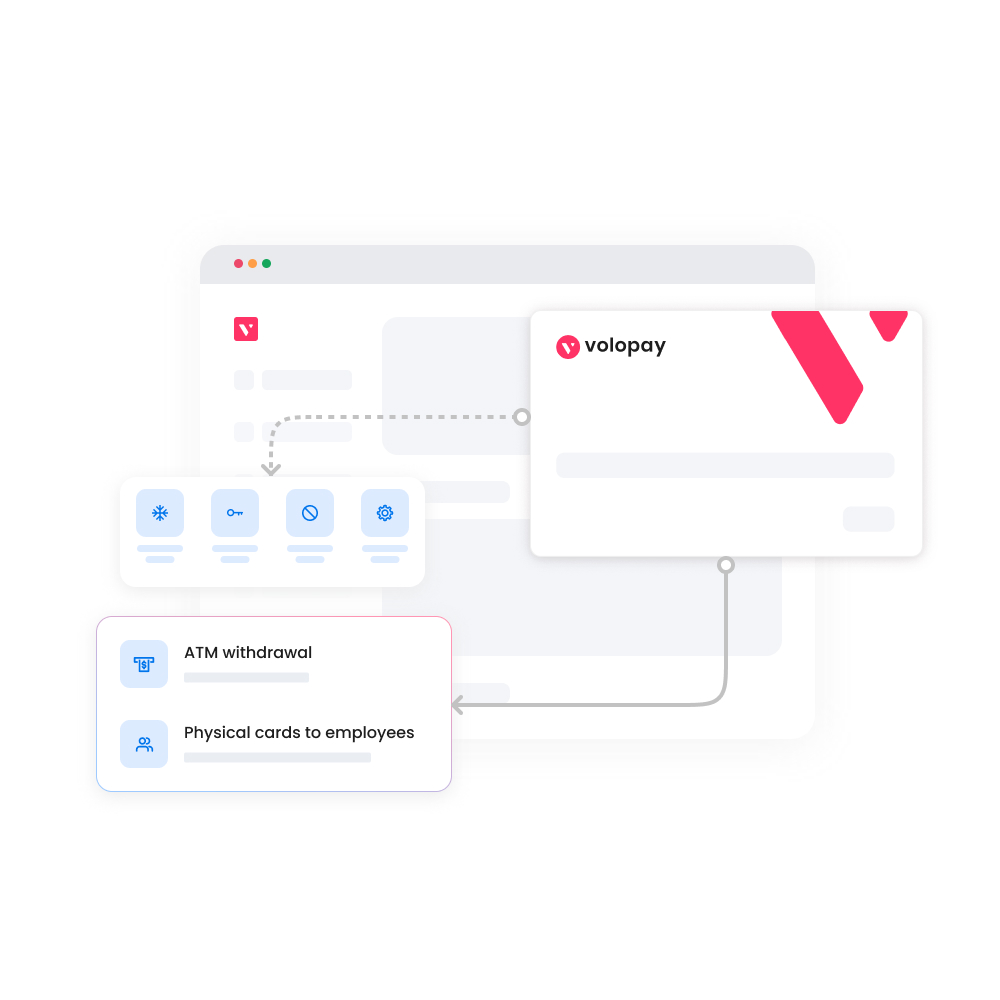
Separate card owners
Traditional corporate cards are limited in number and it is tough to see who is making which expense. With virtual cards, the admin can create and assign cards for every employee of yours on the platform.
This way, each individual gets their card to manage necessary subscriptions and you’ll always be able to track and monitor everyone’s usage.
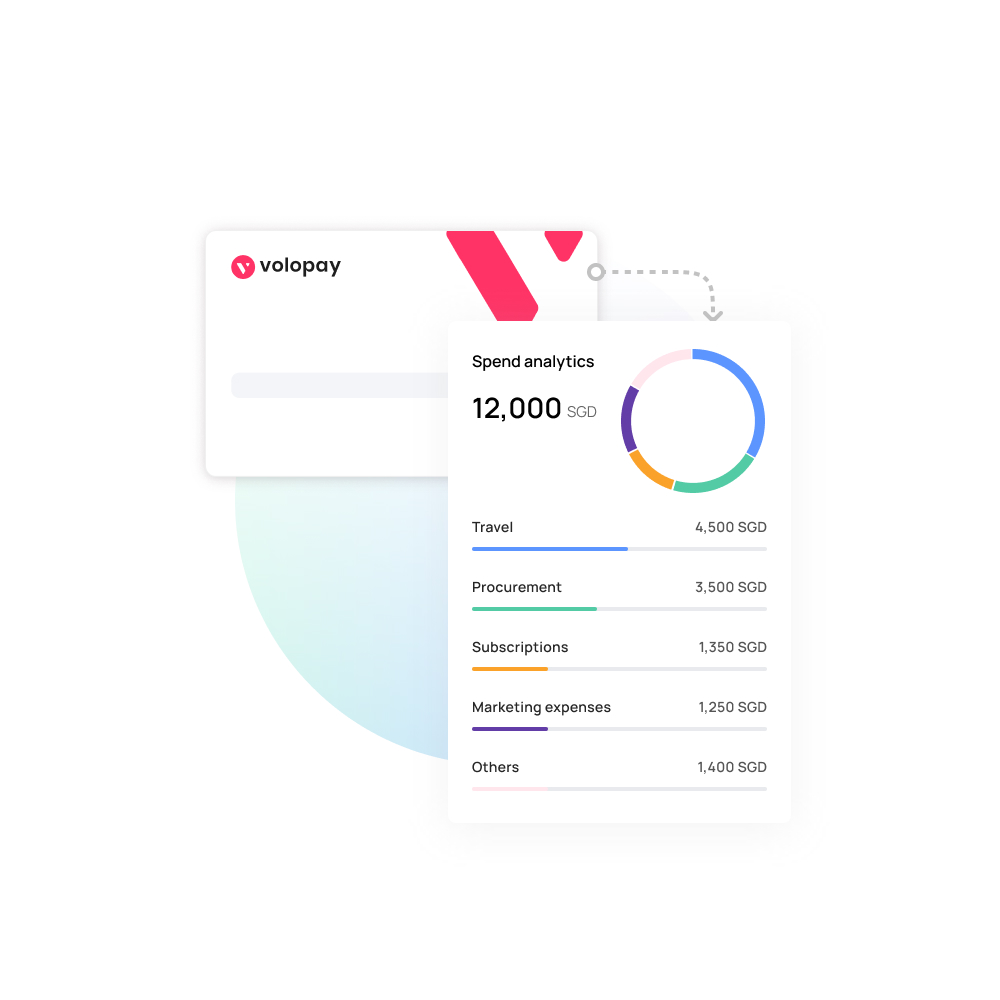
Low limit reminders
You can set custom reminders to be sent to you each time the spending limit on your card drops below a certain value.
This feature is helpful when you’re making different subscription payments using the same card and want to make sure that you don’t run out of money below & not be able to purchase some other service at a crucial moment.

Manage your subscriptions with Volopay’s SaaS management platform
Volopay is an all-in-one expense management solution that can transform the way businesses handle their SaaS expenses. Subscription management through our platform becomes a piece of cake through the use of unlimited virtual cards with custom spending limits and a unified dashboard to manage all your subscriptions in one place.
If you’re looking for a way to control your company budgets while still empowering your employees to confidently carry out business expenses then Volopay's subscription management software is the best solution for your business.
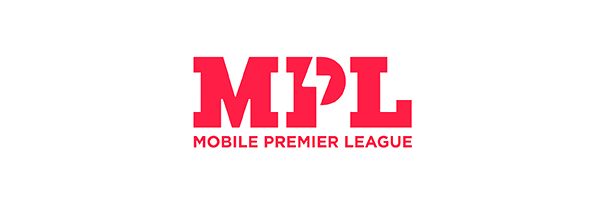
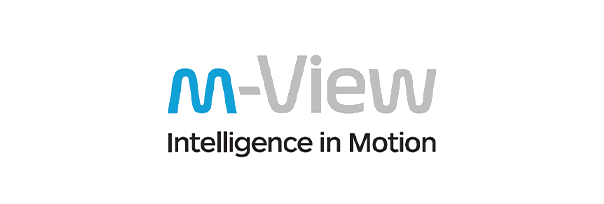


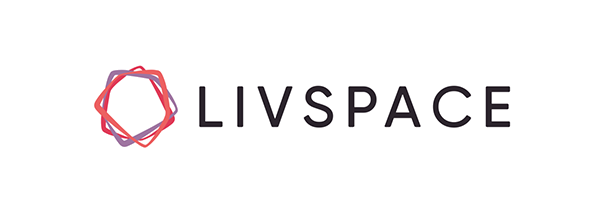

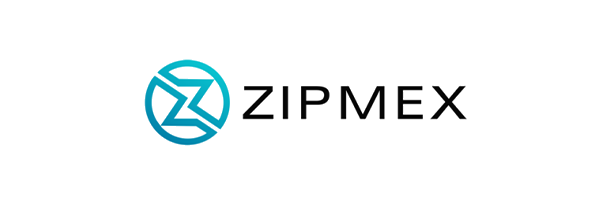

Trusted by finance teams at startups to enterprises.